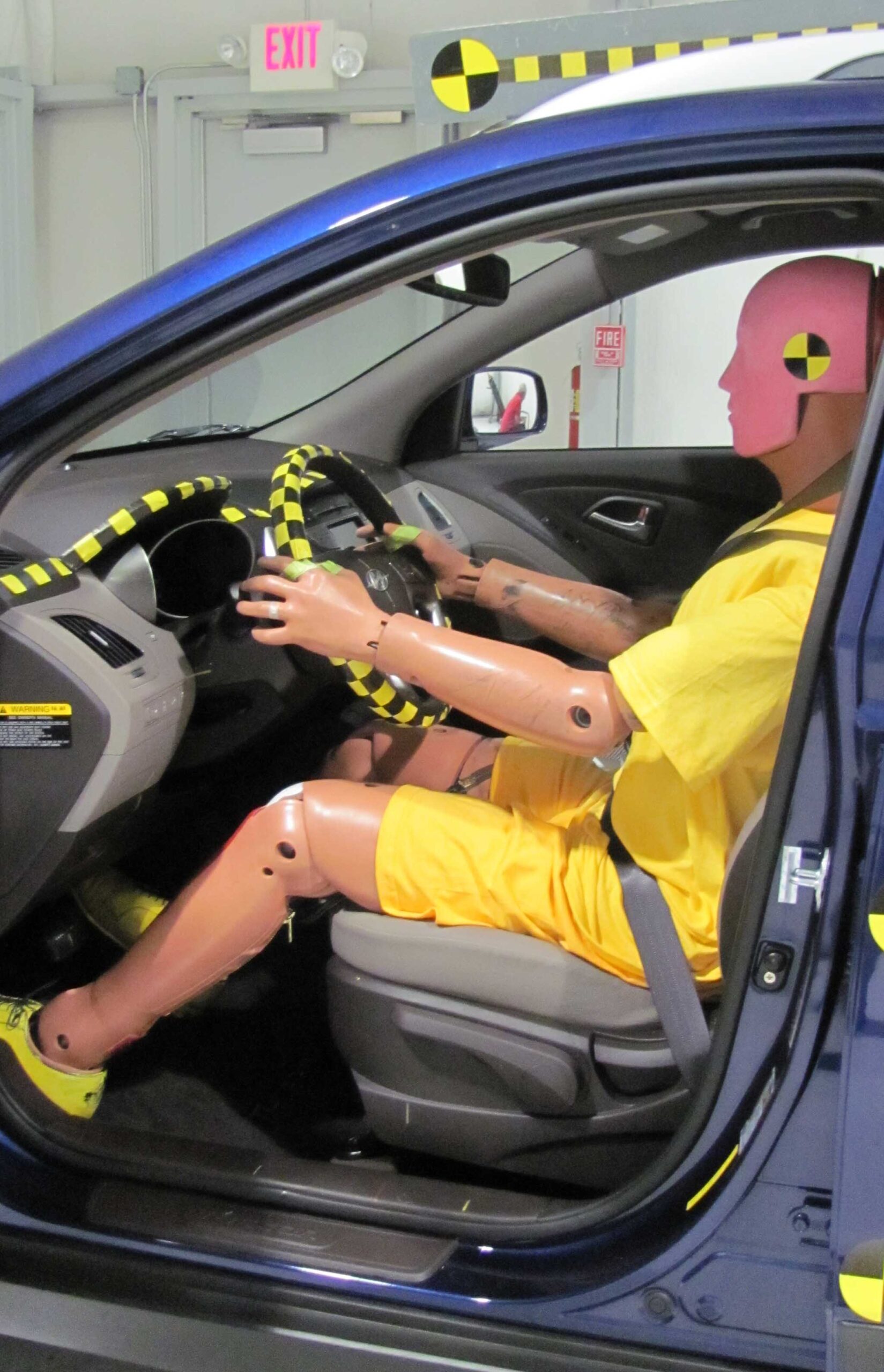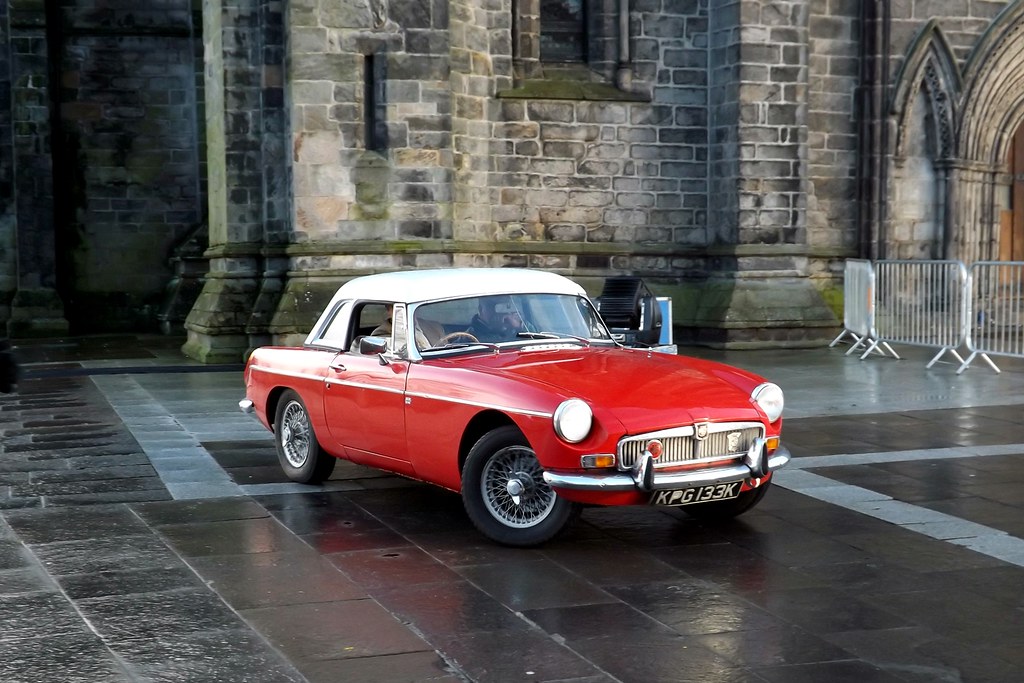
When the gleam of a classic car catches your eye, often at a seemingly irresistible price, it’s easy to fall into the seductive trap of imagining a profitable restoration project. The dream often involves acquiring a vehicle for cheap, investing more time than money, and then selling it for a tidy profit after enjoying it for a while. However, as many seasoned enthusiasts and expert mechanics will tell you, the overwhelming odds are that such a venture will end up costing significantly more than the car is ultimately worth.
Indeed, while some individuals have certainly made substantial money through this process, it’s almost invariably those who are paid to do the restoration work, rather than the aspiring owner-restorer. The harsh reality is that a classic car’s potential market value often simply cannot support the combined expense of the initial purchase and the subsequent rebuild. This critical distinction is vital for anyone considering diving into the world of classic car restoration, urging a careful assessment before committing time and resources.
Several factors can signal that a classic car might be a restoration black hole, rather than a valuable asset. These range from the car’s inherent condition and the availability of parts to market demand and even the historical significance of its current state. To navigate this complex landscape, we turn to experts like Chris Pyle, a veteran mechanic and automotive authority at JustAnswer, who has witnessed countless restoration ambitions dissolve into financial woes. While personal passion projects are one thing, for those looking to fix up and sell, Pyle advises, “you need to stay away from the ones that very few people are interested in owning.” This article will explore seven such vehicles and the crucial reasons why they often prove to be not worth the restoration effort.
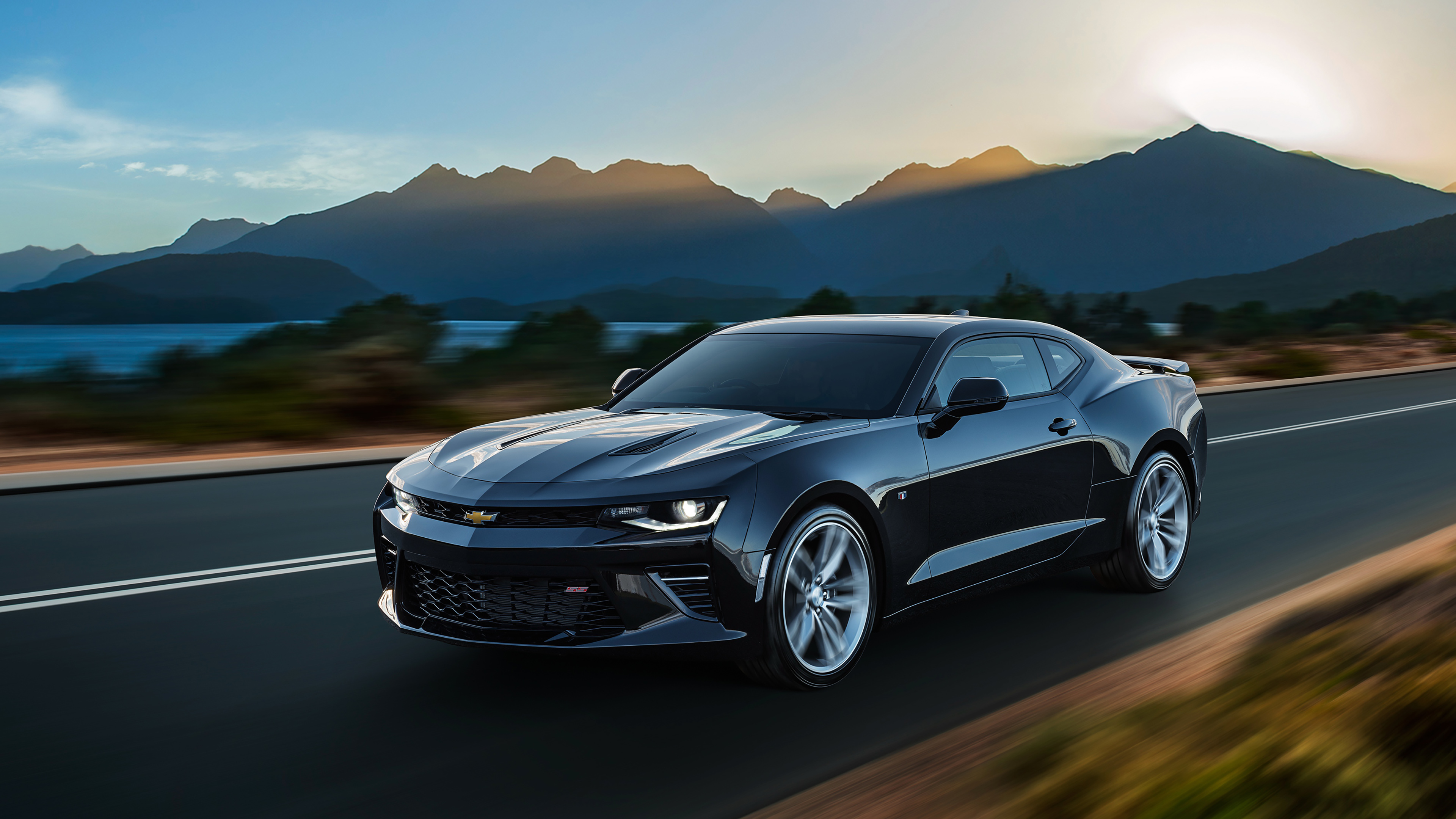
1. **Chevrolet Corvair: A Collector’s Dead End**The Chevrolet Corvair once stood as a beacon of automotive innovation, celebrated for its pioneering rear-engine design that set it apart in its era. However, the passage of time has not been kind to its collectible status, leaving the Corvair firmly entrenched in what experts call “restoration limbo.” Its former glory and perceived coolness have faded in the eyes of contemporary collectors and enthusiasts.
Chris Pyle, a seasoned mechanic, articulates this shift perfectly, remarking, “No one now thinks they are cool like they were back then, plus parts are slim picking.” This scarcity of replacement components poses a significant hurdle for any restoration attempt. The absence of readily available parts transforms what might seem like a straightforward repair into a protracted, expensive, and often frustrating treasure hunt, making it far more of a headache than a historical homage.
Consequently, the investment required to bring a Corvair back to its pristine condition can quickly spiral out of control, disproportionate to its eventual market value. Its unique design, while once a selling point, now contributes to the challenge of sourcing specialized parts, effectively sealing its fate as a collector’s dead end rather than a viable restoration project for profit.
Car Model Information: 1968 Chevrolet Corvair Monza 900
Caption: 1964 Chevrolet Corvair Monza
Name: Chevrolet Corvair
Manufacturer: Chevrolet
Production: July 1959
Platform: GM Z platform
Chassis: Unibody
ModelYears: 1960–1969
Assembly: United States,Kansas City, Missouri,Oakland, California,Van Nuys,St. Louis,Flint, Michigan,Belgium,Canada,Mexico,South Africa,Switzerland,Venezuela
Class: Compact car
Successor: Chevrolet Vega
Layout: Rear-engine, rear-wheel-drive layout
Categories: All Wikipedia articles written in American English, All articles lacking in-text citations, All articles needing additional references, All articles with dead external links, All articles with specifically marked weasel-worded phrases
Summary: The Chevrolet Corvair is a rear-engined, air-cooled compact car manufactured and marketed by Chevrolet over two generations from the 1960 through 1969 model years. The Corvair was a response to the increasing popularity of small, fuel-efficient automobiles, particularly the imported Volkswagen Beetle and American-built compacts like the Rambler American and Studebaker Lark.
The first generation (1960–1964) was offered in four-door sedan, two-door coupe, convertible, and four-door station wagon configurations. A two- and four-door hardtop, as well as a convertible, were available as second-generation variants (1965–1969). The Corvair platform was also offered as a subseries known as the Corvair 95 (1961–1965), which consisted of a passenger van, commercial van, and pickup truck variant. Total production was approximately 1.8 million vehicles from 1960 until 1969.
The name “Corvair” was first applied in 1954 to a Corvette-based concept with a hardtop fastback-styled roof, part of the Motorama traveling exhibition. When applied to the production models, the “air” part referenced the engine’s cooling system.
A prominent aspect of the Corvair’s legacy derives from controversy surrounding the handling of early models equipped with rear swing axles, articulated aggressively by Ralph Nader’s Unsafe at Any Speed but tempered by a 1972 Texas A&M University safety commission report for the National Highway Traffic Safety Administration (NHTSA) which found that the 1960–1963 Corvair possessed no greater potential for loss of control in extreme situations than contemporary compacts.
To better counter popular inexpensive subcompact competitors, notably the Beetle and Japanese imports such as the Datsun 510, GM replaced the Corvair with the more conventional Chevrolet Vega in 1970.
Get more information about: Chevrolet Corvair
Buying a high-performing used car >>>
Brand: Chevrolet Model: Corvair
Price: $14,750 Mileage: 0 mi.
Read more about: Buyer’s Remorse: 12 Highly Flawed Collector Cars That Mechanics Refuse to Touch
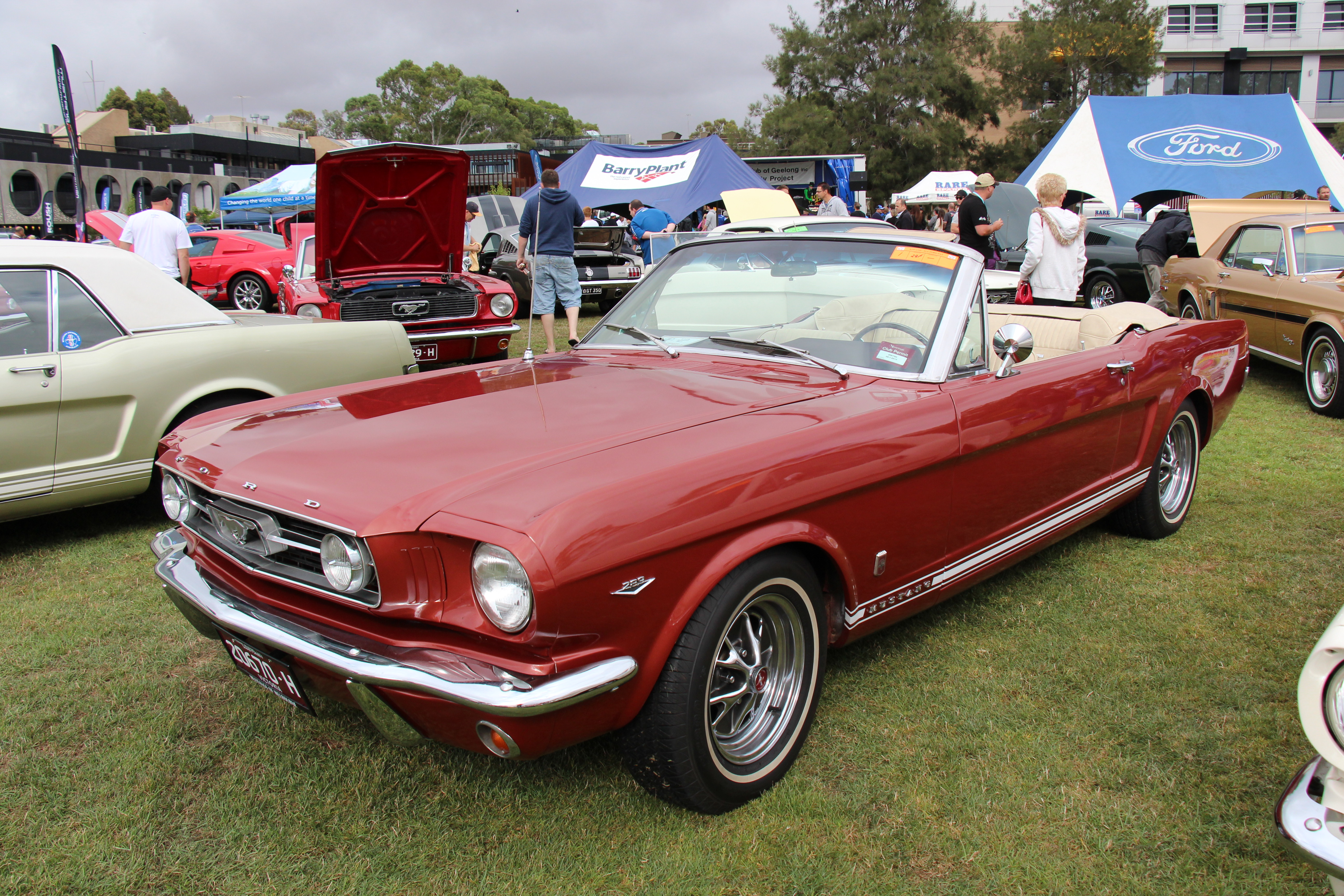
2. **Ford Mustang II: The Pony Car’s Problem Child**The illustrious Mustang lineage boasts many celebrated models, but the Ford Mustang II stands as a painful exception to the rule, proving emphatically that “not all Mustangs are created equal.” This particular iteration, produced during a challenging period for the automotive industry, is widely regarded as one of the least desirable entries in the Mustang family, often dubbed “the worst Mustang ever.”
As Chris Pyle pointedly explains, “They don’t look that great and they are weak. You have to put a bigger motor in it, which kind of takes away the meaning of classic.” This sentiment cuts to the core of the restoration dilemma. The Mustang II suffered from the prevailing 1970s design trends and compromises necessitated by the fuel crisis, resulting in awkward styling and notably weak engines. Trying to rectify its performance shortcomings by installing a more powerful, non-original engine fundamentally alters its historical authenticity, diluting its very essence as a classic car.
For collectors, the allure of preserving original history is paramount, and the need to fundamentally alter the Mustang II to make it perform acceptably undermines this principle. Its cheap interiors, mediocre performance by today’s standards, and limited appreciation in value have further pushed it off collector radars. Enthusiasts often pass by this particular pony car, making it a challenging and often unrewarding restoration endeavor.
Car Model Information: 2025 Hyundai PALISADE XRT
Name: Second generation
Caption: Ford Mustang II coupe
Aka: Ford Mustang II , Ford T5 (in Germany)
Class: Pony car,Subcompact car
Production: 1973–1978
ModelYears: 1974–1978
Predecessor: Ford Mustang (first generation)
Successor: Ford Mustang (third generation)
Assembly: Unbulleted list
Layout: Front-engine, rear-wheel-drive layout
BodyStyle: coupé,hatchback
Related: Ford Pinto,Ford Pinto
Manufacturer: Ford Motor Company
Engine: ubl
Transmission: ubl
Wheelbase: cvt
Length: cvt
Width: cvt
Height: cvt
Designer: Buck Mook, Dick Nesbitt
Categories: All articles with dead external links, All articles with unsourced statements, Articles with dead external links from April 2024, Articles with permanently dead external links, Articles with short description
Summary: The second-generation Ford Mustang, marketed as the Ford Mustang II, is a pony car which was manufactured and marketed by Ford from 1973 until 1978. It has a front-engine, rear-wheel-drive layout with seating for four passengers and either a two-door coupé or three-door hatchback body. Introduced in September 1973 for the 1974 model year, the Mustang II arrived roughly coincident with the oil embargo of 1973 and subsequent fuel shortages. Developed under Lee Iacocca, it was an “entirely new kind of pony car.” Ford “decided to call it Mustang II, since it was a new type of pony car designed for an era of high gas prices and fuel shortages.”
The Mustang II was 490 lb (222 kg) lighter and almost 19 in (483 mm) shorter than the 1973 Mustang, and derived from the subcompact Pinto platform. While sharing a limited number of driveline components with the Pinto, the Mustang II employed an exclusive subframe, isolating its front suspension and engine mount subframe. The steering used a rack-and-pinion design.
Named Motor Trend’s 1974 Car of the Year and reaching over 1.1 million sales over four years of production, the Mustang II is noted simultaneously for both its marketing prescience and strong sales – while criticized as having abandoned essential aspects of the Mustang heritage and described, in a retrospective after 40 years since its introduction, as embodying the Malaise era.
Get more information about: Ford Mustang (second generation)
Buying a high-performing used car >>>
Brand: Ford Model: Mustang II
Price: $40,788 Mileage: 5,081 mi.
Read more about: Buyer’s Remorse: 12 Highly Flawed Collector Cars That Mechanics Refuse to Touch

3. **Chevrolet Vega: The Money-Draining Dream**Some classic cars, irrespective of the effort and money poured into them, are simply not designed to be profitable restoration investments. The Chevrolet Vega exemplifies this unfortunate reality, representing what many refer to as a “money-draining dream” for aspiring restorers. Its initial promise quickly faded, replaced by a reputation for being a financial sinkhole.
Chris Pyle’s warning about the Vega is stark and direct: “You can spend thousands to make it a peach, but it will not turn heads, and you will end up with an overpriced car you cannot sell.” This highlights a critical lesson in classic car restoration: market appeal is just as important as mechanical perfection. Even a flawlessly restored Vega struggles to garner significant attention or command a respectable resale price, despite the substantial investment.
The Vega, therefore, embodies the perfect storm of high restoration costs coupled with profoundly low market appeal. Its perceived lack of desirability among collectors and enthusiasts means that even a comprehensive and expensive restoration effort will likely result in an overcapitalized vehicle. The dream of a profitable flip turns into the reality of an overpriced car that sits unsold, demonstrating why some classics are best left as memories.
Car Model Information: 1976 Chevrolet Vega
Name: Chevrolet Vega
Caption: 1971 Chevrolet Vega
Aka: Vega 2300
Manufacturer: Chevrolet
Production: 1970–1977
ModelYears: 1971–1977
Assembly: Lordstown, Ohio
Predecessor: Chevrolet Corvair
Successor: Chevrolet Monza
Class: Subcompact car
BodyStyle: notchback,hatchback,station wagon,Panel van
Layout: FR layout
Platform: GM H platform (RWD)
Engine: {{cvt,2.3,L,cuin,0,Chevrolet 2300 engine
Transmission: manual transmission,4-speed manual,overdrive (mechanics),Torque-Drive 2-speed Powerglide requiring manual shifting,Powerglide,Turbo-Hydramatic
Wheelbase: cvt
Length: cvt
Width: cvt
Height: cvt
Weight: cvt
Related: Pontiac Astre,Chevrolet Monza,Pontiac Sunbird#First generation (1976–1980),Buick Skyhawk#First generation (1975–1980),Oldsmobile Starfire#Second generation (1975–1980)
Designer: Bill Mitchell (designer)
Categories: 1970s cars, All articles needing additional references, All articles with unsourced statements, Articles needing additional references from July 2023, Articles with short description
Summary: The Chevrolet Vega is a subcompact automobile manufactured and marketed by GM’s Chevrolet division from 1970 until 1977. Available in two-door hatchback, notchback, wagon, and sedan delivery body styles, all models were powered by an inline four-cylinder engine designed specifically for the Vega, with a lightweight aluminum alloy cylinder block. The Vega first went on sale in Chevrolet dealerships on September 10, 1970. Variants included the Cosworth Vega, a short-lived limited-production performance version introduced spring 1975.
The Vega received the 1971 Motor Trend Car of the Year. Subsequently, the car became widely known for a range of problems related to its engineering, reliability, safety, propensity to rust, and engine durability. Despite numerous recalls and design upgrades, Vega’s problems tarnished its reputation and that of General Motors. Production ended with the 1977 model year.
The car was named for Vega, the brightest star in the constellation Lyra.
Get more information about: Chevrolet Vega
Buying a high-performing used car >>>
Brand: Chevrolet Model: Vega
Price: $30,000 Mileage: 82,344 mi.
Read more about: Buyer’s Remorse: 12 Highly Flawed Collector Cars That Mechanics Refuse to Touch
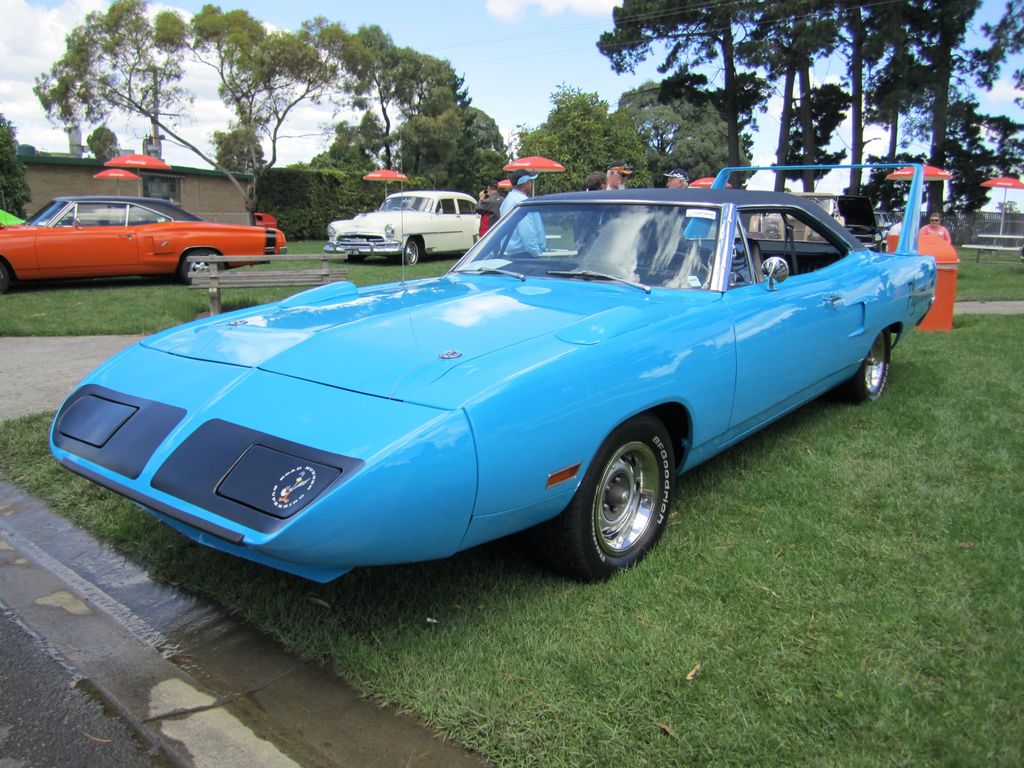
4. **Plymouth Superbird: The Showroom Showoff**The Plymouth Superbird is, without a doubt, an automotive legend, an aerodynamic icon that commanded attention on the track and still turns heads wherever it appears. Its distinctive styling and racing heritage make it an object of immense admiration. However, beneath its celebrated facade lies a hard truth for restorers: this showstopper rarely translates into a profitable restoration project for resale.
Chris Pyle astutely notes that it is “Super cool, but only for a minute.” He elaborates on the disconnect between admiration and ownership, observing, “People love to look and touch them but are not thrilled about sinking 20-30k on one to show off.” This sentiment perfectly encapsulates the Superbird’s peculiar market position. Its striking appearance draws crowds and compliments, yet this widespread admiration does not convert into genuine buying interest when it comes to committing to ownership, especially not at a price point that justifies a significant restoration.
This makes the Superbird a classic case where the initial investment required for a quality restoration, especially considering its rarity and specialized components, far outweighs the willingness of potential buyers to pay. While an incredible spectacle, its high maintenance and operating costs, combined with a niche market, mean that investing heavily in a restoration project for profit is a risky, and often unrewarding, venture.
Read more about: Buyer’s Remorse: 12 Highly Flawed Collector Cars That Mechanics Refuse to Touch
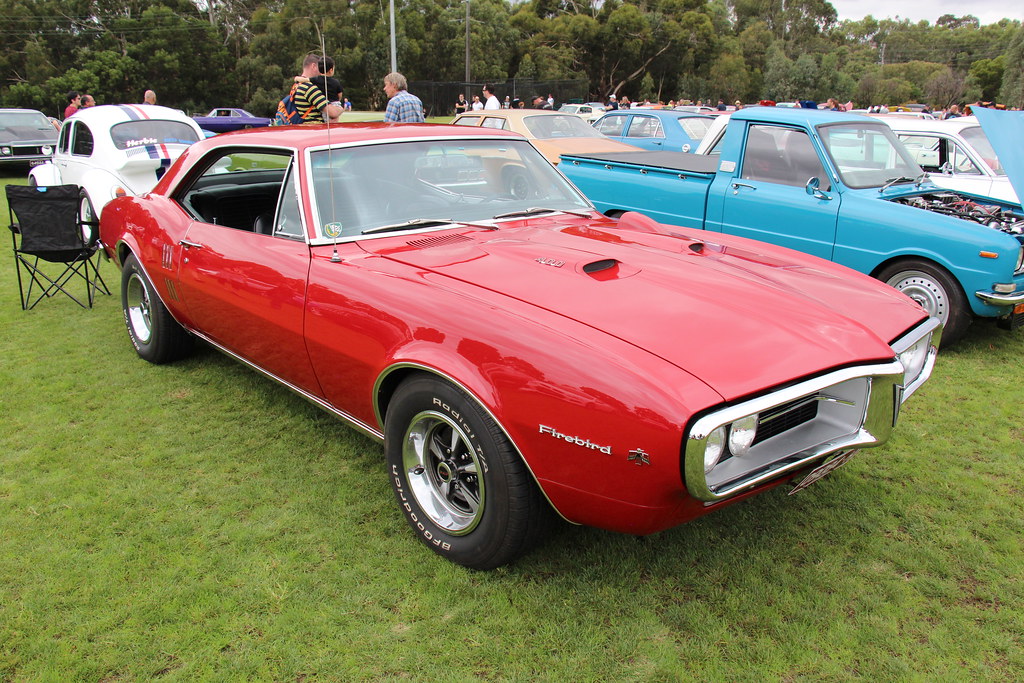
5. **1980s Pontiac Firebird: A Thrill Without the Speed**The 1980s Pontiac Firebird, especially its four-cylinder variants, represents a sobering reminder that not every vehicle from a celebrated era deserves a nostalgic restoration. While its cinematic association with ‘Smokey and the Bandit’ might evoke images of thrilling escapes, the reality of its performance capabilities tells a very different story, making it a questionable candidate for serious restoration.
Chris Pyle’s assessment of the four-cylinder Firebird is particularly cutting, highlighting its profound lack of power: “It had a 4-cylinder 90-horse engine. My lawnmower has 24 HP, so you can imagine how boring this car was. All the thrill of Smokey and the Bandit, and the take-off speed of a VW bug.” This blunt comparison underscores the vehicle’s underwhelming performance, which fundamentally detracts from the classic car experience many enthusiasts seek.
The sheer lack of horsepower and uninspired driving dynamics mean that even a perfectly restored 1980s Firebird struggles to ignite genuine collector interest or command a worthwhile resale value. The effort and cost of restoration, particularly when considering its limited performance, would far exceed any potential return, cementing its status as a classic that is best left unrestored for profit.
Car Model Information: 1985 Pontiac Firebird
Name: Pontiac Firebird
Caption: The second, third, and fourth generations of,the Pontiac Firebird Trans Am
Manufacturer: Pontiac (automobile)
Production: February 23, 1967 – August 30, 2002
ModelYears: 1967 – 2002
Class: Pony car,Muscle car
Platform: GM F platform
Related: Chevrolet Camaro
Layout: Front engine, rear-wheel-drive layout
Categories: 1970s cars, 1980s cars, 1990s cars, 2000s cars, All articles with dead external links
Summary: The Pontiac Firebird is an American automobile built and produced by Pontiac from the 1967 to 2002 model years. Designed as a pony car to compete with the Ford Mustang, it was introduced on February 23, 1967, five months after GM’s Chevrolet division’s platform-sharing Camaro. This also coincided with the release of the 1967 Mercury Cougar, Ford’s upscale, platform-sharing version of the Mustang.
The name “Firebird” was also previously used by GM for the General Motors Firebird series of concept cars in the 1950s.
Get more information about: Pontiac Firebird
Buying a high-performing used car >>>
Brand: Pontiac Model: Firebird
Price: $23,500 Mileage: 12,209 mi.
Read more about: The Roaring Return: 12 Iconic Pontiac Legends We’d Love to See Back on the Road

6. **Porsche 911 (for Resale): An Investment Pitfall**Even iconic German engineering, revered for its precision and performance, can present significant investment pitfalls when it comes to classic car restoration, especially if the goal is resale. The Porsche 911, a legendary nameplate, surprisingly falls into this category under certain circumstances, particularly when considering the post-restoration market for these high-performance machines.
Chris Pyle’s insights reveal a critical market dynamic: “You are going to spend the bank making this car awesome, then struggle to find a buyer.” The challenge isn’t in restoring the car to perfection, but rather in finding a willing and capable buyer who will appreciate and utilize that perfection. He adds, “People are too afraid to drive them around other cars. So you are basically selling a car that sits in a garage.”
This apprehension among potential buyers, fearing damage or devaluation of such a meticulously restored and expensive vehicle, means that many perfect restorations end up as static displays rather than enjoyed automobiles. The significant financial outlay for restoring a Porsche 911, coupled with the difficulty in finding a buyer willing to pay a commensurate price and actually drive it, makes it a questionable investment for those aiming for profit.
Car Model Information: 2021 Porsche 911
Name: Porsche 911
Caption: The 1 millionth 911 produced on display at Volkswagen Group Forum, Berlin
Designer: Ferdinand Alexander Porsche
Manufacturer: Porsche
Production: September 1964 – present
Assembly: Stuttgart,Baden-Württemberg
Class: Sports car
BodyStyle: unbulleted list
Related: unbulleted list
Layout: Rear-engine design,rear-wheel drive
Predecessor: Porsche 356
Categories: 1970s cars, 1980s cars, 1990s cars, 2+2 coupés, 2000s cars
Summary: The Porsche 911 model series (pronounced Nine Eleven or in German: Neunhundertelf, or colloquially Neunelfer) is a family of two-door, high performance rear-engine sports cars, introduced in September 1964 by Porsche of Stuttgart, Germany, and now in its eighth generation. All 911s have a rear-mounted flat-six engine, and usually 2+2 seating, except for special 2-seater variants. Originally, 911s had air-cooled engines, and torsion bar suspension, but the 911 has been continuously enhanced, and evolved across generations. Though the 911 core concept has remained largely unchanged, water-cooled engines were introduced with the 996 series in 1998, and front and rear suspension have been replaced by Porsche-specific MacPherson suspension up front, and independent multi-link rear suspension.
The 911 has been raced extensively by private and factory teams, in a variety of classes. It is among the most successful competition cars. In the mid-1970s, the naturally aspirated 911 Carrera RSR won world championship races including Targa Florio and the 24 Hours of Daytona. The 911-derived 935 turbo also won the 24 Hours of Le Mans in 1979. Porsche won the World Championship for Makes in 1976, 1977, 1978, and 1979 with 911-derived models.
In a 1999 poll to determine the Car of the Century, the 911 ranked fifth — one of two in the top five that had remained continuously in production (the original Beetle remained in production until 2003). The one millionth example was manufactured in May 2017 and is in the company’s permanent collection.
Get more information about: Porsche 911
Buying a high-performing used car >>>
Brand: Porsche Model: 911
Price: $126,995 Mileage: 8,629 mi.

7. **DeLorean DMC-12: An Iconic Failure**The DeLorean DMC-12 holds an indelible place in popular culture, having achieved worldwide fame through its starring role in the “Back to the Future” movies. Introduced in 1981, its stainless steel body and distinctive gull-wing doors envisioned a futuristic and innovative vehicle. Yet, the reality of the DeLorean as a restoration project for profit is far less cinematic and considerably more problematic.
Despite its extravagant looks, the performance of the DeLorean regrettably “did not match its extravagant looks.” The vehicle was notoriously “severely underpowered and handled awfully,” failing to deliver the driving experience its dramatic styling promised. This fundamental mismatch between aesthetics and engineering forms a major deterrent for serious collectors looking for more than just a novelty.
Further complicating its legacy, “a high-profile legal case involving the company’s founder, John DeLorean, further impacted its reputation,” casting a long shadow over its collectibility. Consequently, the DMC-12 became less a symbol of innovation and more “a symbol of failed automotive ventures,” experiencing a “substantial decline in value.” Coupled with the challenges of “stainless steel maintenance” and its “spotty build quality,” the DeLorean, while iconic, remains more of a display piece than a wise restoration investment for financial gain.
Car Model Information: 1982 Delorean DMC-12
Name: DMC DeLorean
Alt: 1983 DeLorean
Caption: 1983 DeLorean
Manufacturer: DeLorean Motor Company
Production: January 21, 1981 – December 1982
ModelYears: 1981–1983
Assembly: Dunmurry
Designer: Giorgetto Giugiaro
Class: Sports car
BodyStyle: coupé
Layout: Rear-engine, rear-wheel-drive layout
Doors: Gull-wing doors
Engine: 2.85 L
Abbr: on
Powerout: 130 hp
Transmission: 5-speed manual ,3-speed automatic
Wheelbase: 2413 mm
Length: 4267 mm
Width: 1988 mm
Height: 1140 mm
Weight: 1233 kg
Sp: us
Categories: 1980s cars, All Wikipedia articles written in American English, Articles with short description, Automobiles with backbone chassis, Automobiles with gull-wing doors
Summary: The DMC DeLorean is a rear-engine, two-seat sports car manufactured and marketed by John DeLorean’s DeLorean Motor Company (DMC) for the American market from 1981 until 1983—ultimately the only car brought to market by the fledgling company. The DeLorean is sometimes referred to by its internal DMC pre-production designation, DMC-12, although this was not used in sales or marketing materials for the production model.
Designed by Giorgetto Giugiaro, the DeLorean is noted for its gull-wing doors and brushed stainless-steel outer body panels, as well as its lack of power and performance. Though its production was short-lived, the DeLorean became widely known after it was featured as the time machine in the Back to the Future films.
With the first production car completed on January 21, 1981, the design incorporated numerous minor revisions to the hood, wheels and interior before production ended in late December 1982, shortly after DMC filed for bankruptcy and after total production reached an estimated 9,000 units.
Despite the car having a reputation for poor build quality and an unsatisfactory driving experience, the DeLorean continues to have a strong following, driven in part by the popularity of Back to the Future. 6,500 DeLoreans were estimated to still be on the road as of 2015.
Get more information about: DMC DeLorean
Buying a high-performing used car >>>
Brand: DeLorean Model: DMC-12
Price: $129,950 Mileage: 3,145 mi.
Read more about: Automotive Icons Unraveled: The Definitive Account of 15 Star Brands and Models That Fell From Grace

8. **Chevrolet Caprice: The Fading Flagship**The Chevrolet Caprice, once a proud full-size sedan, initially captivated buyers in the mid-1960s with its promise of generous space, luxurious comfort, and a choice of robust engines. As Chevrolet’s flagship model, it epitomized American automotive comfort and status, making it a common sight on suburban streets and highways. Its initial appeal was undeniable, offering a blend of utility and stately presence that resonated deeply with the era’s automotive tastes.
However, the automotive landscape undergoes constant evolution, and the Caprice’s grand era proved to be relatively fleeting. The initial surge in demand for large, gas-guzzling sedans began to wane as market preferences shifted dramatically. Escalating fuel costs and a growing environmental consciousness led buyers to increasingly favor more fuel-efficient and compact alternatives, leaving the once-dominant Caprice looking decidedly dated and out of step with the times.
This significant shift in consumer priorities had a profound impact on the Caprice’s market standing. Its value in the used car market consequently plummeted, and despite its comfortable ride and historical significance to a specific era, it has regrettably never managed to recapture its former glory or command significant collector interest. For restorers hoping for a profitable flip, the Caprice often presents a disheartening scenario where the substantial investment required far outstrips any potential return.
Car Model Information: 1996 Chevrolet Caprice Classic
Name: Chevrolet Caprice
Caption: Chevrolet Caprice PPV
Manufacturer: unbulleted list
Production: unbulleted list
ModelYears: unbulleted list
Predecessor: unbulleted list
Class: Full-size car
Platform: unbulleted list
Layout: FR layout
Categories: 1970s cars, 1980s cars, 1990s cars, 2000s cars, 2010s cars
Summary: The Chevrolet Caprice is a full-size car produced by Chevrolet in North America for the 1965 through 1996 model years. Full-size Chevrolet sales peaked in 1965, with over a million units sold. It was the most popular car in the U.S. in the 1960s and early 1970s, which, during its production, included the Biscayne, Bel Air, and Impala.
Introduced in mid-1965 as a luxury trim package for the Impala four-door hardtop, Chevrolet offered a full line of Caprice models for the 1966 and subsequent model years, including a “formal hardtop” coupe and an Estate station wagon. The 1971 through 1976 models are the largest Chevrolets built. The downsized 1977 and restyled 1991 models were awarded Motor Trend Car of the Year. Production ended in 1996.
From 2011 until 2017, the Caprice nameplate returned to North America as a full-size, rear wheel drive police vehicle, a captive import from Australia, built by General Motors’s subsidiary Holden. The police vehicle is a rebadged version of the Holden WM/WN Caprice. The nameplate also had a civilian and police presence in the Middle East from 1999 until 2017, where the imported Holden Statesman/Caprice built by Holden was marketed as the Chevrolet Caprice in markets such as Saudi Arabia and the UAE.
Get more information about: Chevrolet Caprice
Buying a high-performing used car >>>
Brand: Chevrolet Model: Caprice
Price: $10,998 Mileage: 156,322 mi.
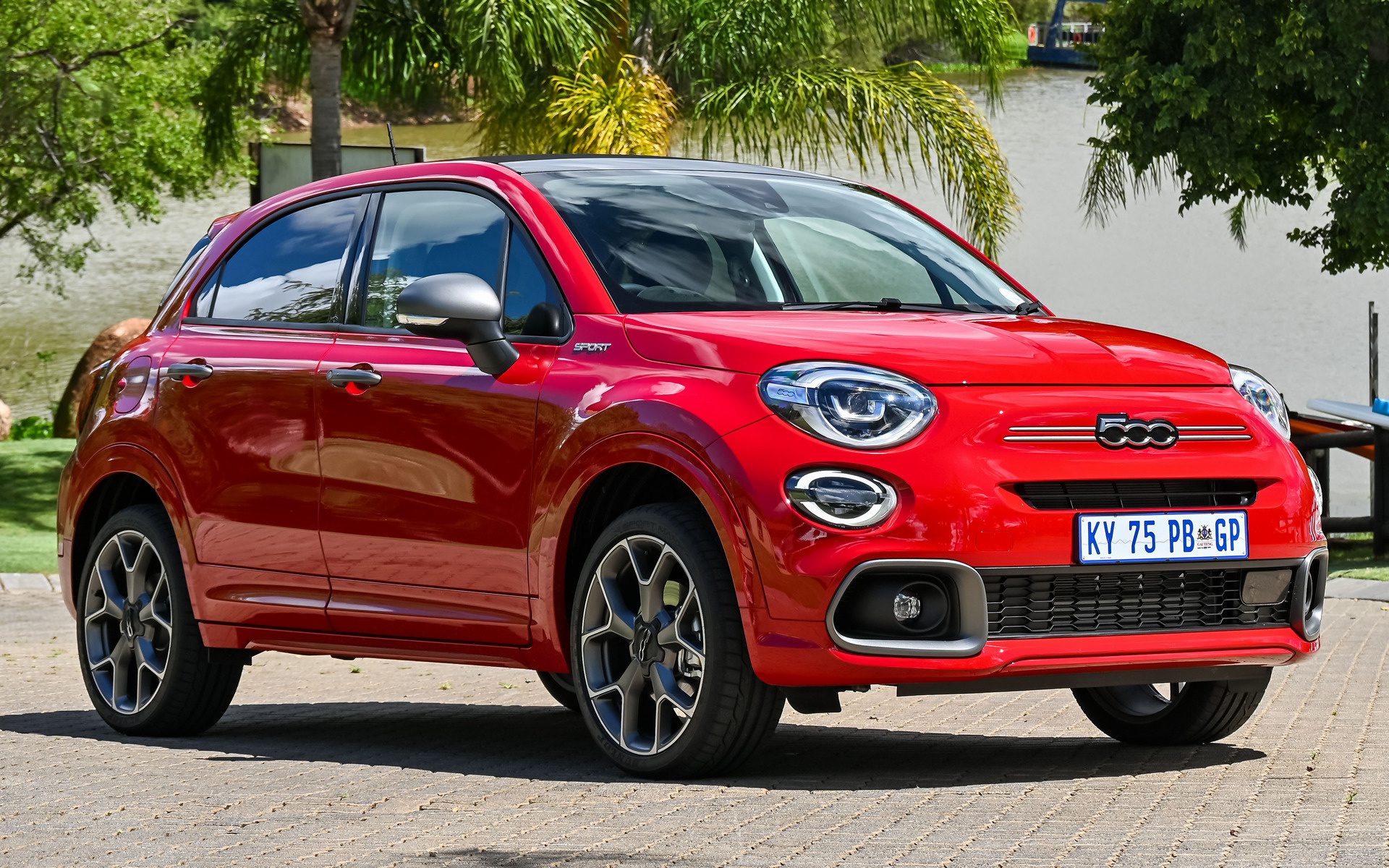
9. **Fiat X1/9: A Quirky Gem with Costly Flaws**The Fiat X1/9, introduced in 1972, emerged as a truly distinctive two-seater sports car, a clear product of Bertone’s innovative design ethos. With its striking wedge shape, balanced mid-engine layout, and a cleverly integrated removable targa-style top, it promised a thrilling driving experience coupled with the sheer joy of open-top motoring. For enthusiasts seeking something genuinely unique and an engaging drive, the X1/9 presented an alluring, albeit niche, proposition, embodying a certain Italian charm and flair.
Despite its undeniable character and innovative packaging, the Fiat X1/9 has unfortunately experienced considerable depreciation over the years, making it a challenging restoration prospect for profit. This decline in value can be attributed to persistent issues, including notorious reliability problems and a chronic difficulty in sourcing replacement parts, especially outside of its native European market. Such scarcity transforms routine maintenance into an expensive and time-consuming treasure hunt for owners.
Furthermore, a broader waning demand for older, more specialized European sports cars has further compounded the X1/9’s struggles in the secondary market. The car’s known susceptibility to “frequent rust, unreliable electrics, and difficult parts availability” means that any restoration effort can quickly become a significant financial and time sink. This often leads to projects being relegated to a “garage queen” status, making the X1/9 an enthusiast’s car for passion, but a poor choice for anyone seeking a positive return on investment.
Car Model Information: 1980 FIAT X1/9
Name: Fiat X1/9
Manufacturer: Fiat
Aka: Bertone X1/9
Production: [object Object]
Assembly: Fiat,Gruppo Bertone
Designer: Marcello Gandini
Class: Sports car
BodyStyle: Targa top
Layout: Rear mid-engine, rear-wheel-drive layout
Related: Fiat 128,Fiat Ritmo
Engine: Fiat 128 SOHC engine,Fiat 128 SOHC engine
Transmission: Manual transmission
Wheelbase: cvt
Length: cvt
Width: cvt
Height: cvt
Weight: cvt
Predecessor: Fiat 850,Vignale Gamine
Successor: Fiat Barchetta
Sp: uk
Categories: 1980s cars, Articles with short description, Bertone vehicles, CS1 Italian-language sources (it), Cars introduced in 1972
Summary: The Fiat X1/9 is an Italian two-seater mid-engined sports car designed by Bertone and manufactured by Fiat from 1972–1982 and subsequently by Gruppo Bertone from 1982–1989.
With a transverse engine and gearbox in a mid-mounted, rear-wheel drive configuration, the X1/9 was noted for its balanced handling, retractable headlights, lightweight removable hardtop which could be stowed under the bonnet, front and rear storage compartments — and for being the first Fiat to have been designed from its conception to meet US safety regulations.
Get more information about: Fiat X1/9
Buying a high-performing used car >>>
Brand: Fiat Model: X1/9
Price: $28,900 Mileage: 1 mi.
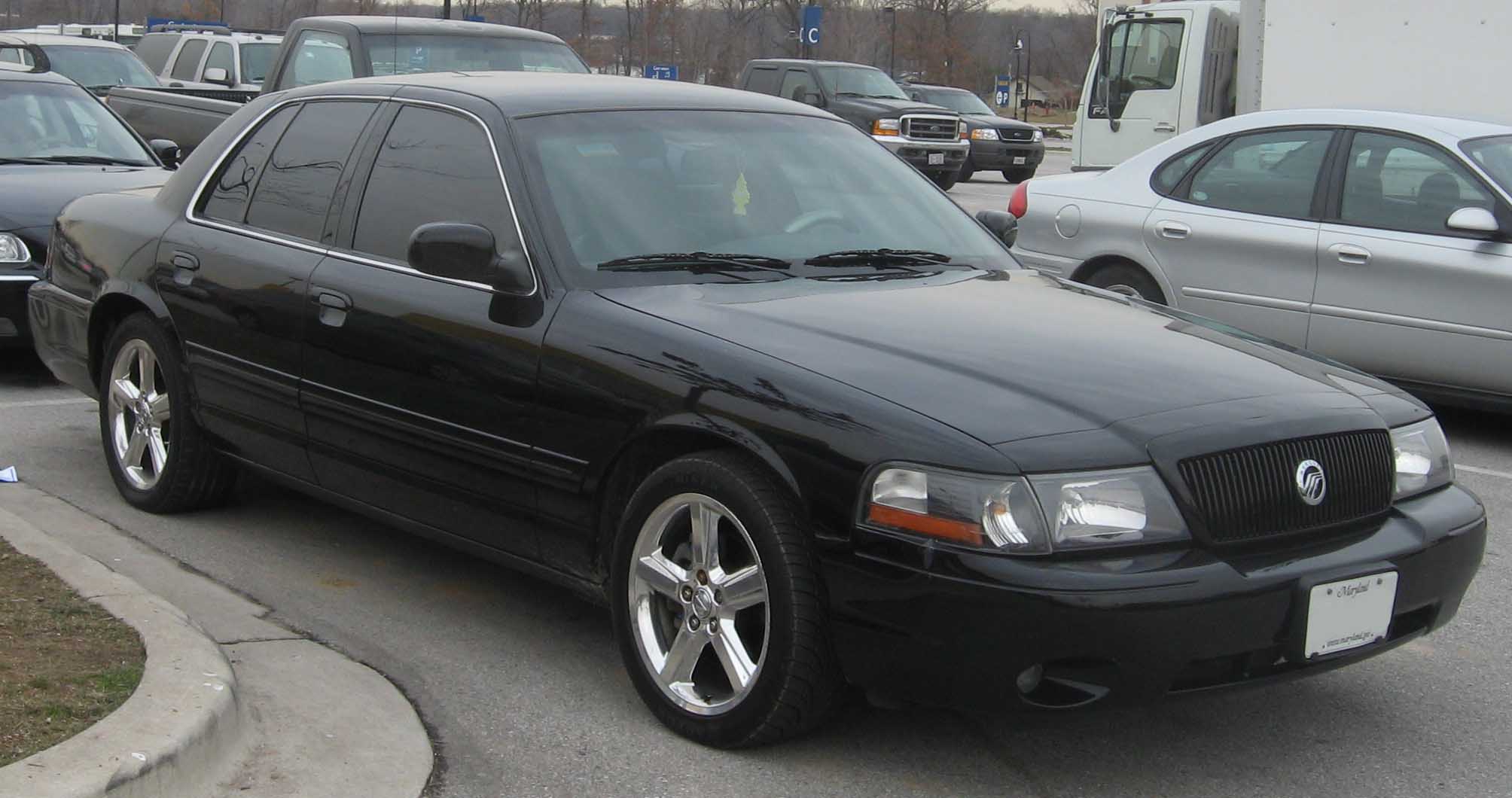
10. **1964 Mercury Marauder: A Performance Mystery with Lost Appeal**The 1964 Mercury Marauder was Ford’s luxury subdivision’s bold statement in the full-size, performance-oriented segment. It was conceived to blend the sophisticated style and comfort expected of a Mercury with the raw power and driving excitement typically associated with a muscle car. The Marauder aimed to carve out a unique space, offering a distinctive option for buyers who desired both elegance and spirited performance on the open road.
Remarkably, despite its distinctive styling and relatively low production run—a factor that often contributes positively to future collectibility—the Marauder’s value saw a rapid decline just a few short years after its initial release. This swift depreciation was largely fueled by a significant and irreversible shift in buyer preferences across the broader automotive landscape. The market increasingly leaned towards smaller, more fuel-efficient vehicles, making large, powerful cruisers like the Marauder less appealing.
Moreover, the mid-1960s witnessed an explosion in the availability of even more powerful and purpose-built muscle cars from rivaling automakers. These new contenders often overshadowed the Marauder’s performance claims, diluting its “performance” appeal. Consequently, the 1960s Marauder can now often be found at relatively affordable prices compared to its initial value, making it an accessible classic but a challenging, often unprofitable, restoration prospect for those eyeing a solid return on investment.
Car Model Information: 2003 Mercury Marauder Base
Name: Mercury Marauder
Caption: 2003–2004 Mercury Marauder
Manufacturer: Mercury (automobile)
Production: 1963–1965,1969–1970,2002–2004
ModelYears: 1963–1965,1969–1970,2003–2004
Class: Full-size
Layout: FR layout
Categories: 1960s cars, 1970s cars, All articles with dead external links, Articles with dead external links from January 2018, Articles with permanently dead external links
Summary: The Mercury Marauder is an automobile nameplate that was used for three distinct full-size cars produced by the Mercury division of Ford Motor Company. Deriving its name from the most powerful engines available to the Mercury line, the Marauder was marketed as the highest-performance version of the full-size product range.
Introduced as a 19631⁄2 model line for its first production run, the Mercury Marauder was distinguished by its sloped roofline (shared with the Ford Galaxie). The nameplate was a sub-model of the three Mercury model lines (Monterey, Monterey Custom, and S-55).
For the 1966 model year, the Marauder was replaced by the S-55 as a stand-alone model line, making it the Mercury counterpart of the Ford Galaxie 500 XL version.
The Marauder model name returned as a fastback-like version of the Mercury Marquis for the 1969 model year. It was positioned as a personal luxury car between the Mercury Cougar and Continental Mark III. Following the 1970 model year, the Marauder model was discontinued.
The Mercury Marauder nameplate was revived for the 2003 model year as a high-performance variant of the full-size Grand Marquis using the Ford Panther platform. After lower-than-expected sales, the Marauder was discontinued at the end of the 2004 model year. The Mercury Marauder became the last rear-wheel drive sedan introduced by Ford Motor Company in North America.
Get more information about: Mercury Marauder
Buying a high-performing used car >>>
Brand: Mercury Model: Marauder
Price: $25,000 Mileage: 81,471 mi.
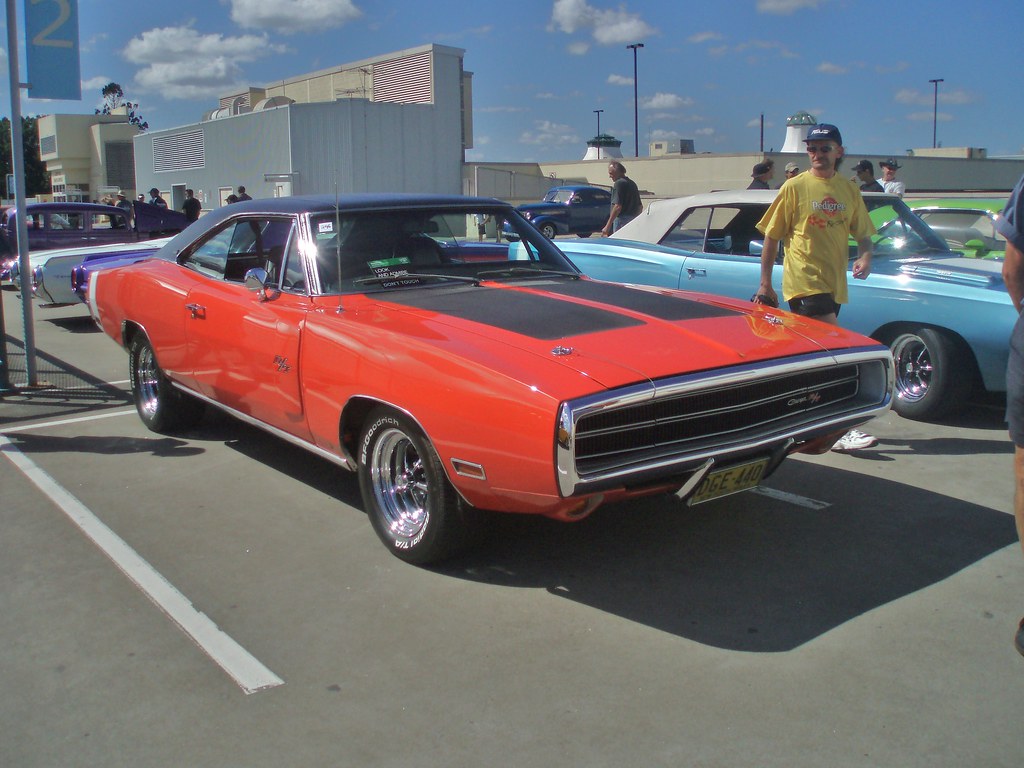
11. **Dodge Charger (Later Generations): Losing the Muscle Edge**The Dodge Charger stands as an indisputable icon in the pantheon of American muscle cars, with its original iterations from the late 1960s commanding immense respect and high values among serious collectors. Its legacy is deeply etched into automotive history, synonymous with raw power, aggressive styling, and a thrilling driving experience. However, the Charger’s long and varied production run means that not all models share the same esteemed status, and some variants prove to be particularly poor restoration investments.
Specifically, certain later generations of the Charger, especially those characterized by higher production numbers or equipped with less potent engines, have unfortunately experienced rapid and significant depreciation. These models, often produced during periods of evolving emissions standards or shifting market demands, simply lacked the fierce, uncompromised performance and unique appeal that define the most sought-after early muscle cars. Their sheer volume also meant they never achieved the inherent rarity necessary to sustain high values.
Models from the early 1970s, for instance, generally do not retain their value anywhere near as effectively as their older, more powerful counterparts from the late 1960s. The perceived dilution of the “muscle car” ethos, coupled with the introduction of less compelling engine options and design compromises, irrevocably diminished their desirability among discerning enthusiasts. For restorers, focusing on these later, less venerated generations often leads to an overcapitalized vehicle that struggles to find a buyer willing to pay for the extensive work invested.
Car Model Information: 2023 Dodge Charger SRT Hellcat Widebody Jailbreak
Name: Dodge Charger
Caption: 1969 Dodge Charger
Manufacturer: Dodge
Production: 1966–1978,1981–1987,2005–present
ModelYears: 1966–1978,1982–1987,2006–present
Categories: 1960s cars, 1970s cars, 1980s cars, 2000s cars, 2010s cars
Summary: The Dodge Charger is a model of automobile marketed by Dodge in various forms over eight generations since 1966.
The first Charger was a show car in 1964. A 1965 Charger II concept car resembled the 1966 production version.
In the United States, the Charger nameplate has been used on mid-size cars, personal luxury coupes, subcompact hatchbacks, and full-size sedans.
Get more information about: Dodge Charger
Buying a high-performing used car >>>
Brand: Dodge Model: Charger
Price: $87,558 Mileage: 4,260 mi.
Read more about: Unmasking the Automotive Paradox: 15 “Classic” Cars You’d Expect to Be Priceless But Are Actually Worth Almost Nothing

12. **Ford Torino: A Racing Heritage, A Challenging Future**The Ford Torino cemented its reputation in the late 1960s, largely thanks to its impressive success in NASCAR. The iconic Torino Talladega, a formidable race car directly based on Ford’s flagship midsize model, showcased its performance prowess on the track, imbuing the entire Torino lineup with a powerful, winning image. This celebrated racing heritage might inherently suggest a strong collector interest and potential for appreciation, but the reality for restorers often tells a strikingly different story regarding its long-term value retention.
Despite its celebrated motorsports pedigree, the Torino’s racing glory was, regrettably, not enough to ensure it held its value consistently over time. A confluence of external factors contributed significantly to its eventual market depreciation. A major shift in overall market preferences saw consumers gravitating away from large, performance-oriented coupes, while rising fuel costs made owning and operating such powerful, often thirsty vehicles increasingly uneconomical.
Furthermore, the relentless pace of automotive innovation meant that newer vehicles eventually emerged that simply outperformed the once-unbeatable Ford Torino in terms of technology, efficiency, and often, sheer speed. This made it harder for the Torino to compete for precious collector attention or justify the substantial costs associated with a comprehensive restoration. Today, while it remains a great entry-level classic car for petrol heads on a tighter budget, it represents a difficult path for restorers aiming for a substantial profit.
Car Model Information: 1974 Ford Torino
Aka: Ford Fairlane (Venezuela)
Name: Ford Torino
Caption: 1970 Ford Torino Cobra SportsRoof
Manufacturer: Ford Motor Company
Production: 1968–1976
Class: Mid-size car,muscle car
Layout: FR layout
Related: Mercury Montego
Assembly: ubl
Predecessor: Ford Fairlane (Americas)
Successor: Ford LTD II
Categories: 1960s cars, 1970s cars, All Wikipedia articles written in American English, All articles with vague or ambiguous time, Articles with short description
Summary: The Ford Torino is an automobile that was produced by Ford for the North American market between 1968 and 1976. It was a competitor in the intermediate market segment and essentially a twin to the Mercury Montego line.
Just as the Ford LTD had been the upscale version of the Ford Galaxie, the Torino was initially an upscale variation of the intermediate-sized Ford Fairlane. In the 1968 and 1969 model years, the intermediate Ford line consisted of lower-trim Fairlanes and its subseries, the upper-trim Torino models. In 1970, Torino became the primary name for Ford’s intermediate, and the Fairlane was now a subseries of the Torino. In 1971, the Fairlane name was dropped altogether, and all Ford intermediates were called Torino.
Most Torinos were conventional cars, and generally the most popular models were the four-door sedans and two-door hardtops. However, Ford produced some high-performance “muscle car” versions of the Torino by fitting them with large powerful engines, such as the 428 cu in (7.0 L) and 429 cu in (7.0 L) “Cobra-Jet” engines. Ford also chose the Torino as the base for its NASCAR entrants, and it has a successful racing heritage.
Get more information about: Ford Torino
Buying a high-performing used car >>>
Brand: Ford Model: Torino
Price: $25,500 Mileage: 112,114 mi.
Read more about: Unmasking the Automotive Paradox: 15 “Classic” Cars You’d Expect to Be Priceless But Are Actually Worth Almost Nothing
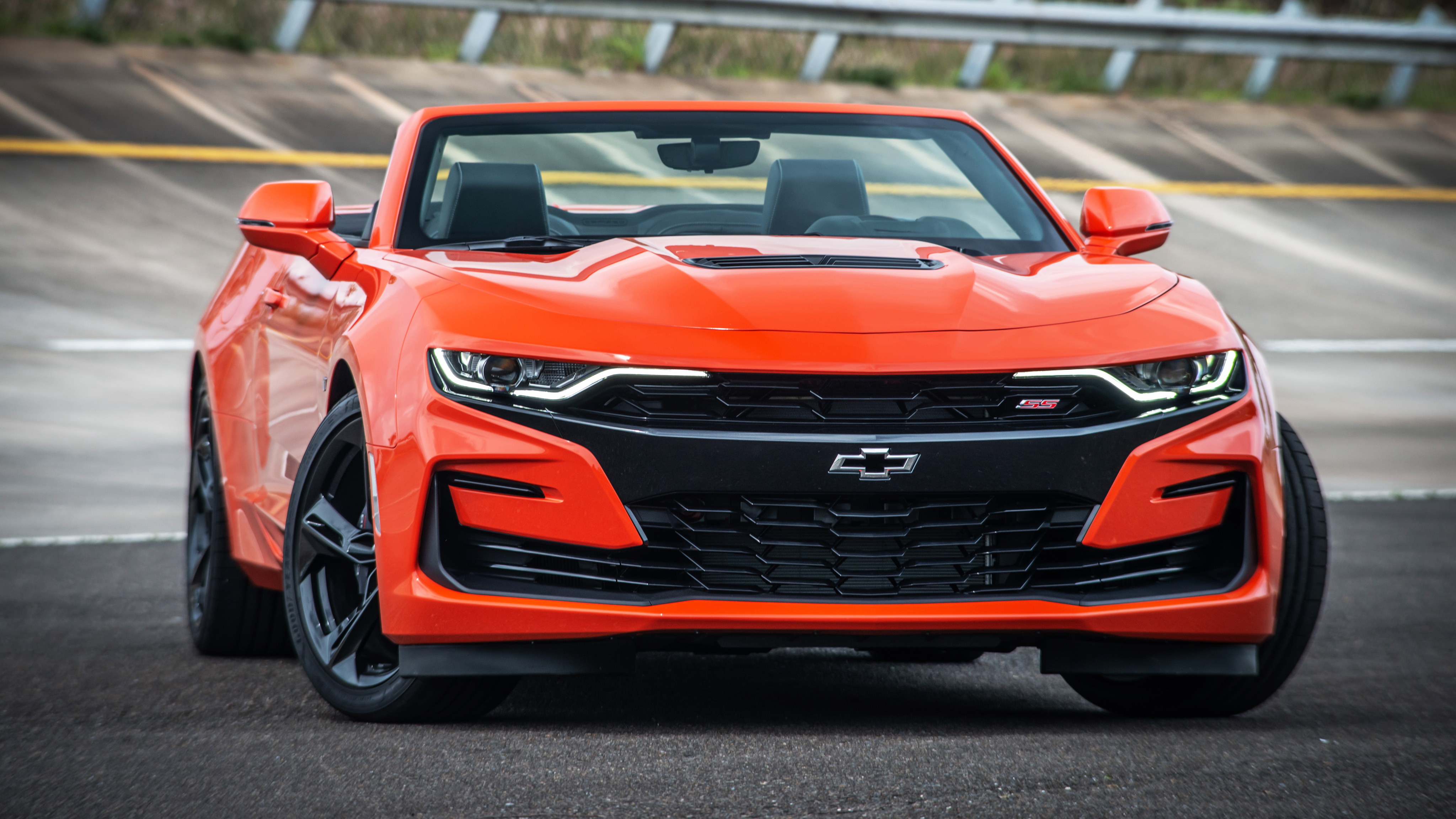
13. **Chevrolet Corvette C3 (1980s): A Dated Icon in Decline**The third generation of America’s seminal sports car, the Chevrolet Corvette C3, enjoyed an exceptionally long production run, spanning from the latter half of the 1960s well into the early 1980s. While the C3 was undoubtedly a groundbreaking and visually striking car when it first launched, its extended lifespan meant it struggled significantly to keep pace with the rapidly changing automotive market and evolving performance expectations over its final decade in production.
By the early 1980s, the C3 Corvette was noticeably dated, suffering from an identity crisis amid tightening emissions regulations and a concerted industry push for greater fuel efficiency. This era saw a dramatic reduction in the raw power that had defined earlier C3 models, stripping away much of the Corvette’s quintessential performance essence. General Motors, constrained by these new mandates, offered engines such as the L-48 V8, which regrettably made only a meager 180 horsepower.
This figure was a far cry from the formidable big-block variants that had thrilled enthusiasts just a decade earlier, severely diminishing its performance credibility and appeal to purists. Consequently, these late-production C3 Corvettes are often considered among the cheapest legendary classic cars available on the market today. While earlier C3s can be fantastic restoration candidates, the underpowered and technologically stagnant 1980s versions simply do not command the same level of collector interest or restoration viability for profit.
Read more about: Unmasking the Automotive Paradox: 15 “Classic” Cars You’d Expect to Be Priceless But Are Actually Worth Almost Nothing
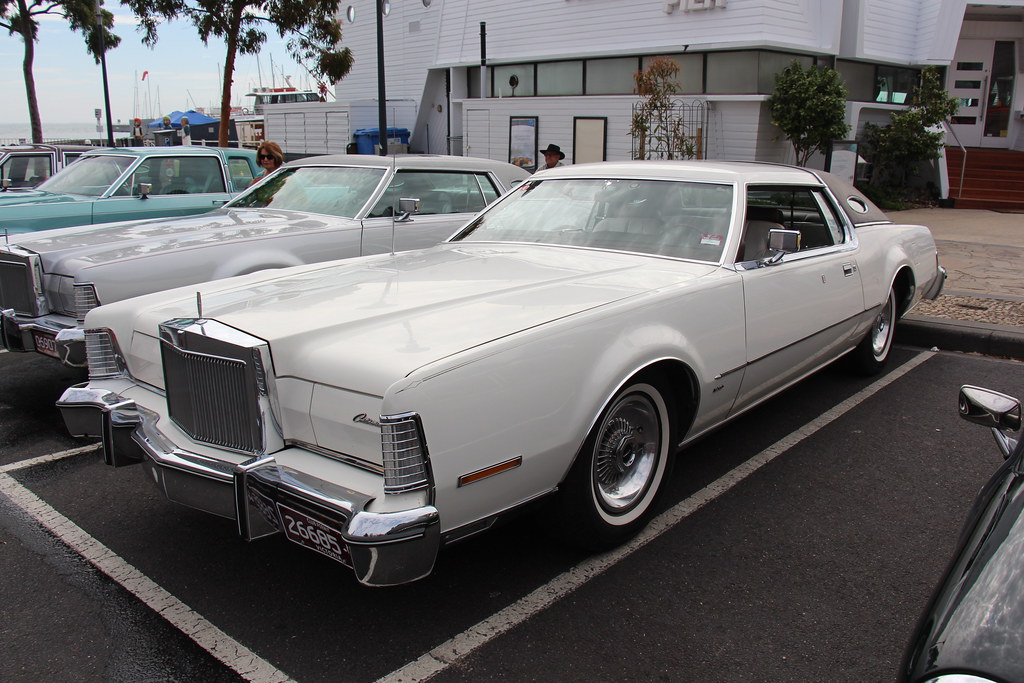
14. **Lincoln Continental (Later Generations): Luxury’s Steep Decline**The Lincoln Continental boasts a rich and storied history, with its origins tracing back to the sophisticated designs of the late 1930s. As one of Lincoln’s flagship models, it quickly established a formidable reputation for its elegant design, sumptuously spacious interiors, and a refined driving experience that truly epitomized American luxury. Its impressive lineage saw production continue, in various forms, until as recently as 2020.
However, not all Continental generations have managed to maintain their prestige or market value equally, creating a distinct divide within its storied past. While earlier iterations, particularly the iconic models from the 1960s with their distinctive slab-sided styling and suicide doors, are highly sought after and tend to hold their worth remarkably well, the later generations have unfortunately experienced a significant and often steep decline in value.
This depreciation can be attributed to several factors: changing aesthetic tastes that moved away from large, ostentatious designs, a significant shift in luxury market dynamics where European and Japanese brands gained dominance, and, in some cases, a perception of diminished exclusivity or performance compared to their increasingly sophisticated rivals. For aspiring restorers, attempting a full, profitable restoration on a later-generation Continental is fraught with financial peril, as the investment rarely translates into a worthwhile return.
**Concluding Advice for Aspiring Restorers**
Navigating the complex and often unforgiving world of classic car restoration for profit requires more than just mechanical skill or an inherent appreciation for vintage aesthetics; it demands a keen understanding of ever-shifting market dynamics, an honest, unsentimental assessment of a vehicle’s inherent value, and a healthy dose of financial pragmatism. As we’ve meticulously explored with these illustrative examples, a car’s iconic status or perceived “coolness” from a bygone era doesn’t automatically equate to a sound restoration investment, especially when the goal is a profitable return.
Before you commit your invaluable time, boundless passion, and hard-earned money to any classic car, take a crucial page from the experts and rigorously evaluate the potential project from all angles. “Carefully assess the condition of the classic car,” paying particular attention to the often-hidden extent of structural damage and pervasive rust, as these foundational issues can quickly render a project economically unfeasible. Furthermore, conduct extensive research into “the availability of parts and its market value” thoroughly, as scarce or specialized components, or a limited buyer pool for the finished product, will inevitably inflate restoration costs and severely depress resale potential.
Ultimately, the pursuit of classic car restoration for profit is about striking a delicate and often elusive balance between historical appreciation and practical investment acumen. In many instances, “it may be more sensible to find a better-conditioned classic car or explore other automotive ventures that align better with your goals and circumstances.” The overarching goal isn’t merely to bring a vintage beauty back to life; it’s to do so wisely, strategically, and with an eye firmly on the bottom line, thereby ensuring your passion project doesn’t inadvertently become a financial nightmare, leaving you with a beautifully restored car that’s simply not worth the incredible effort and immense expense. The road to classic car restoration can be immensely rewarding, but only for those who choose their companions carefully.



